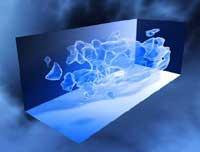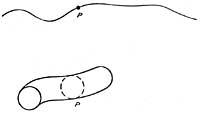String theory: a dream that does not materialize
2023/12/01 Erguin Dorronsoro, Aitor - Ingeniari elektronikoa Iturria: Elhuyar aldizkaria
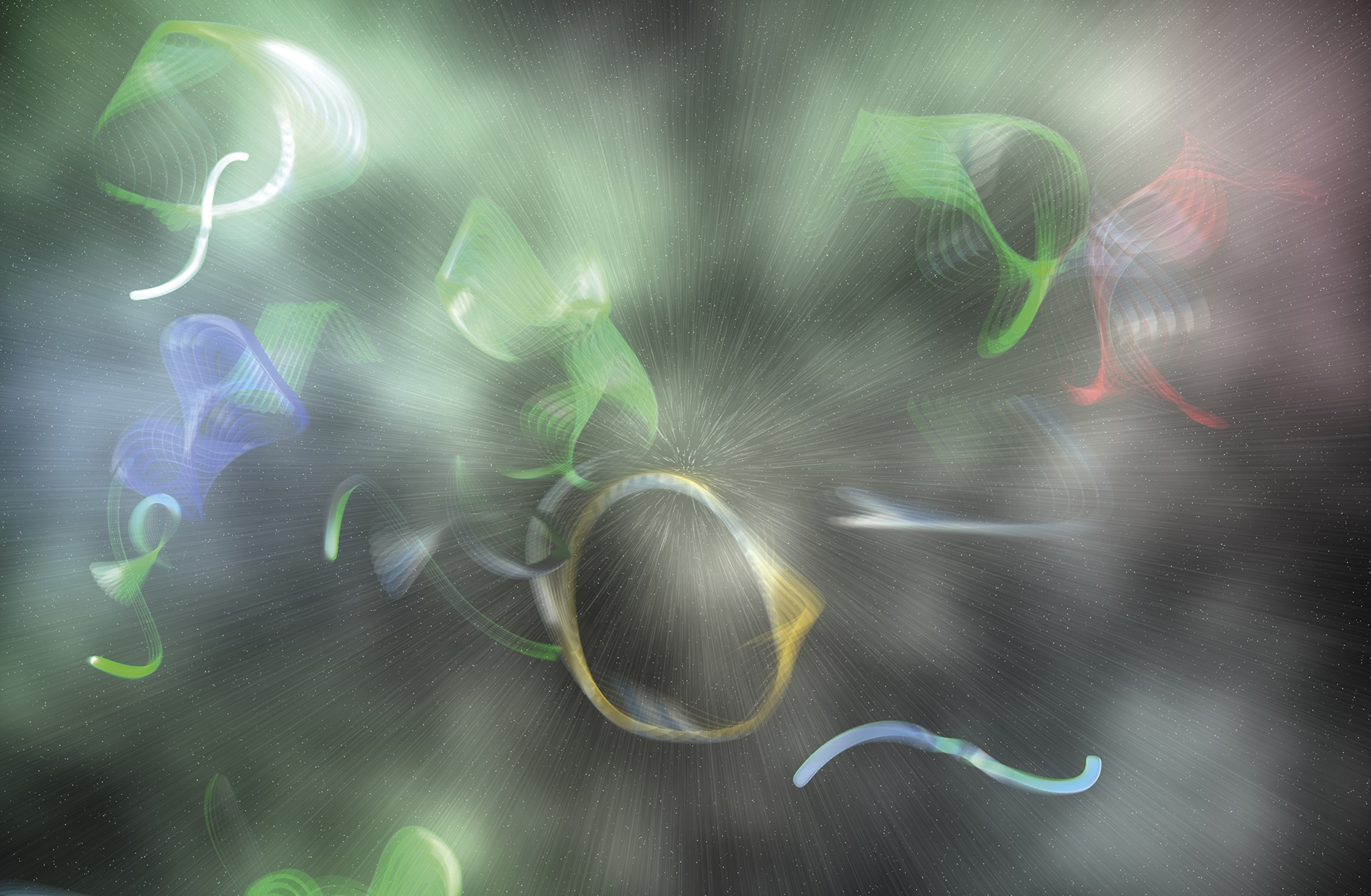
We have been hearing string theory for many years. It has been considered the last destination of theoretical physics, a theory that will emerge the deepest physical laws of nature.
In theoretical physics, the standard model and general relativity are the two main theories experimentally tested today. The first describes the microscopic and quantum world; the second describes the gravitational interaction that the second interacts on an astronomical scale. Physicists have been trying to unite the two theories in search of what would be the theory of everything, and string theory is the one that most interests this search.
Nine spatial dimensions
String theory was structured in the 1980s. Since then, it has undergone two revolutions and is constantly evolving, but it's fundamentally based on much smaller one-dimensional cords than protons and electrons. These quails would be the only and indispensable component of all matter. The strings would give and according to the frequency of such vibration each string vibrates one or more elementary particles (electrons, gravitons, neutrinos, etc.). I would imagine. I mean, an electron would be just a string vibrating with a particular frequency.
However, string theory has a problem. The description of the strings provides absurd results if expressed in three spatial dimensions; mathematically, an appropriate theory requires the strings to live in nine spatial dimensions. Where are those dimensions if in our daily lives we only have three? It is said that the six missing dimensions are rolled in themselves. With an analogy, you understand what that spiral means best.
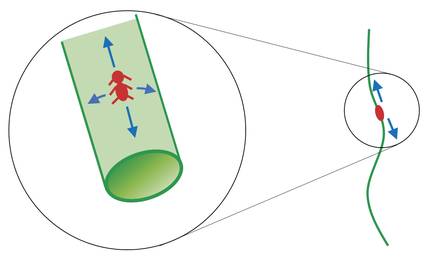
An ant lives on the surface of a garden water pipe. The ant gait occurs in two dimensions: front and back of the pipe and left right. If it acts right or left, it will begin to turn around the circumference of the pipe and, if the direction is maintained, return to the same initial position. Suppose now the ant has a red light on the back, and from the roof of a 10-meter high house, we look at the course of the ant. From this distance the thickness of the tube is not appreciated, so the march to the left of the ant is not seen. On the other hand, the advancement and regression is performed along the tube, so it does stand out (Figure 1).
According to string theory, human beings live on the roof of the upper analogy. Although a single dimension can be seen from the roof, there are three differences in nature. But as in the case of the ant there is an additional rolled dimension on a smaller scale, which for her is the left and the right, in nature there would also be six microscopic spiral dimensions, so small that we cannot measure or observe.
Supersymmetry
Mathematically robust and for many, string theory is beautiful, and beauty has a lot of value in judging new theories. But besides being beautiful, a theory must make verifiable predictions to be accepted among physicists, and there's the main problem with string theory. In 40 years there have been no observations or experiments that compromise string theory. The gravitational waves announced by general relativity were first observed 100 years later, so we are still in time to judge string theory. The problem is that we're not waiting for better technology to make observations, but the string theory itself is not able to make concrete predictions that can be tested experimentally. It is far from a formal and complete theory and, to the extent that it does not have a concrete formulation, it cannot give predictions about nature.
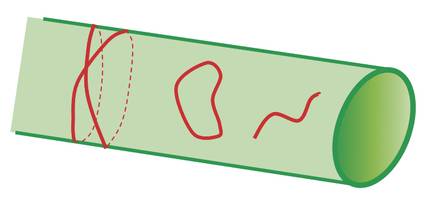
In addition to nine dimensions, to make sense, physicists need a feature called supersymmetry. If nature has this characteristic, every basic particle we know today should have a supersymmetric pair. For example, the supersymmetric pair of the electron would be the selectron. Supersymmetrical particles were expected to emerge from lambs in the latest LHC experiments (Large Hadron Collider, a giant particle accelerator in Geneva), as the Higgs boson appeared in 2012. The results, however, have not given any sign of these particles and the search for supersymmetry has been waiting for more energy experiments.
Anthropic and multiverse principle
It was hoped that string theory would publish the deepest truths about nature, which would answer questions that the standard model can't explain, like why the electron has mass and not another. Over the years, as theory develops, it seems that it is moving away from the concrete prediction of nature. The latest research has shown how this beautiful mathematical mechanism of string theory is able to build physical laws entirely different from nature. That is, if string theory were fully developed, the physical laws it would announce would not only be those we see today (compatible with the standard model and general relativity), but, depending on how their spatial dimensions roll up, it would have the ability to foresee any physical law (Figure 3). In other words, it is able to result in our physical laws, but it is also able to result in physical laws different from another hypothetical universe. This is what is called string landscape and is today an important research topic.
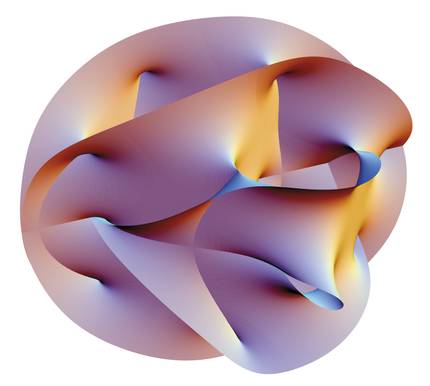
If string theory can take any physical law for granted, why does the universe have physical laws that we perceive and not others? In short, everyone is acceptable within string theory.
This problem already existed before string theory emerged. Why, for example, does it have the force of gravity and not another? If I had some more strength, after the Big Bang, all matter would be compacted faster and no galaxies and planets would be produced. If it had a slightly lesser force, that matter would disperse faster and then there would be no galaxy. Why is it strong enough to allow galaxies, planets and humans to form? Most physicists would like to find the answer in the deepest physical laws, where there were physical or mathematical reasons for determining gravitational force. But there's another possibility, the so-called anthropic principle, which says that it's impossible to have a different gravitational force, because in that case, there would be no human beings watching and measuring it. That is, if a given force of gravity is necessary to have a human universe, that force of gravity will be measured in the universe in which they are found.
Many followers of string theory are opting for the anthropic principle. Strings can explain many different universes, but the physical laws that we can see are laws that allow humans to be alive and not others. Some physicists affirm that this attitude is to resign to the search for the deepest physical laws; because the string theory has not reached the expected results initially, since it has not found the basic physical laws, it is to leave the explanation of our nature according to the anthropic principle.
In recent years, a scientific explanation has also been given to the use of the anthropic principle. One of them is multiverse, where our universe would be just one of the millions of more universes. By combining string theory, the uncertainty of quantum mechanics, and the latest theories about cosmic inflation, some scientists believe that theoretically it is possible to create other universes of a universe, with similar but not identical physical laws. Thus, a process would be produced between universes similar to the theory of the evolution of living beings and the result would be millions of universes, in which each would have different physical laws. In this perspective the anthropic principle is easily inserted: if there are different universes with different laws, obviously we will be in the universe that has laws that enable human beings.
Need for new theories
Besides its mathematical beauty and its ability to describe any possible universe, string theory lacks a verifiable prognosis. Until something is announced that has not been observed so far or an effect that has already been observed is explained, but that at the moment we are not able to explain, string theory will only be an incomplete idea, perhaps completely erroneous in terms of the description of reality.
Many scientists ask why it continues to arouse so much interest when in 40 years it has not made a single forecast and if it will never be able to make predictions. One of the answers is that there is no real alternative. There is the field of quantum gravity, which intends to quantify gravity to integrate it into quantum mechanics and treat it with other forces of the standard model in the same formalism, but there are not many more ideas to go beyond the standard model.
The most critical are in favor of completely rejecting string theory. They say the program is completely exhausted and will never achieve results, yet it attracts the best young physicists. The guilt of further research is attributable to the university system: given that the heads of current theoretical physics departments are focused on string theory, to stop researching the strings would be to give up their entire research trajectory and dedicate most of the scholarships and aids to issues related to the strings.
String theory follows its course and will continue for a long time. As we never know that it will be able to explain our nature, it is essential not to stop exploring other paths. You can't know when and how a crazy, innovative idea will appear that will have the ability to answer the mysteries and questions that we still have.
Bibliography
- Greene, Brian. 2003. The elegant universe: superstrings, hidden dimensions, and the quest for the ultimate theory. New York / London: W. W. Norton.
- Woit, Peter. 2006 Not wrong. London: Jonathan Cape.
- Susskind, Leonard. 2006. The cosmic landscape. New York: Hachette Book Group.
- Kinney, Will. 2022. An infinity of worlds: cosmic inflation and the beginning of the universe. Cambridge, Massachusetts: The MIT Press.
- Mukhi, Sunil. 2011. “String theory: a perspective over the last 25 years.” Classical and Quantum Gravity, 28. 153001.

Gai honi buruzko eduki gehiago
Elhuyarrek garatutako teknologia




